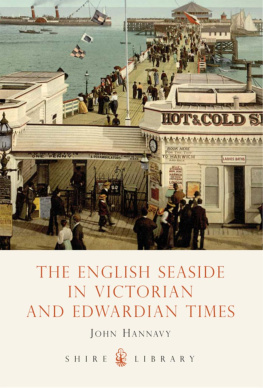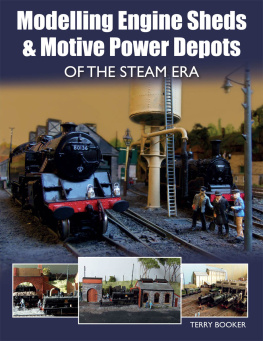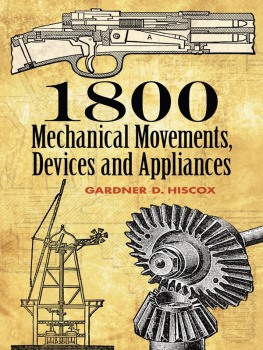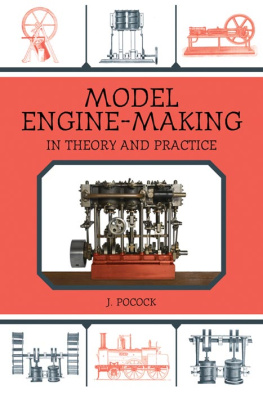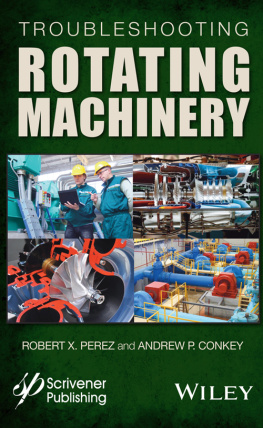John Hannavy - The Governor: Controlling the Power of Steam Machines
Here you can read online John Hannavy - The Governor: Controlling the Power of Steam Machines full text of the book (entire story) in english for free. Download pdf and epub, get meaning, cover and reviews about this ebook. City: Barnsley, year: 2022, publisher: Pen and Sword Transport, genre: History. Description of the work, (preface) as well as reviews are available. Best literature library LitArk.com created for fans of good reading and offers a wide selection of genres:
Romance novel
Science fiction
Adventure
Detective
Science
History
Home and family
Prose
Art
Politics
Computer
Non-fiction
Religion
Business
Children
Humor
Choose a favorite category and find really read worthwhile books. Enjoy immersion in the world of imagination, feel the emotions of the characters or learn something new for yourself, make an fascinating discovery.
- Book:The Governor: Controlling the Power of Steam Machines
- Author:
- Publisher:Pen and Sword Transport
- Genre:
- Year:2022
- City:Barnsley
- Rating:4 / 5
- Favourites:Add to favourites
- Your mark:
The Governor: Controlling the Power of Steam Machines: summary, description and annotation
We offer to read an annotation, description, summary or preface (depends on what the author of the book "The Governor: Controlling the Power of Steam Machines" wrote himself). If you haven't found the necessary information about the book — write in the comments, we will try to find it.
Without the centrifugal governor, precise control over the increasingly-complex machinery which has been developed over the past two centuries would not have been possible. It was the first device to give the engineman the control they needed.
As machine speed increased, the governor had to evolve to keep pace with the demands for greater precision.
Over a hundred British patents were applied for in the nineteenth century alone for improvements in governor design, many of which could be fitted, or retro-fitted, to engines from every large manufacturer.
Some enginemen, on taking up new appointments their jobs depending on the precision and consistency of their engines operation would even request that the governor be replaced with their preferred model.
This book, the first to deal with the subject, tells the story of the evolution of the original spinning-ball governor from its first appearance to the point where it became a small device entirely enclosed in a housing to keep it clean, and thus hidden from view.
John Hannavy: author's other books
Who wrote The Governor: Controlling the Power of Steam Machines? Find out the surname, the name of the author of the book and a list of all author's works by series.





